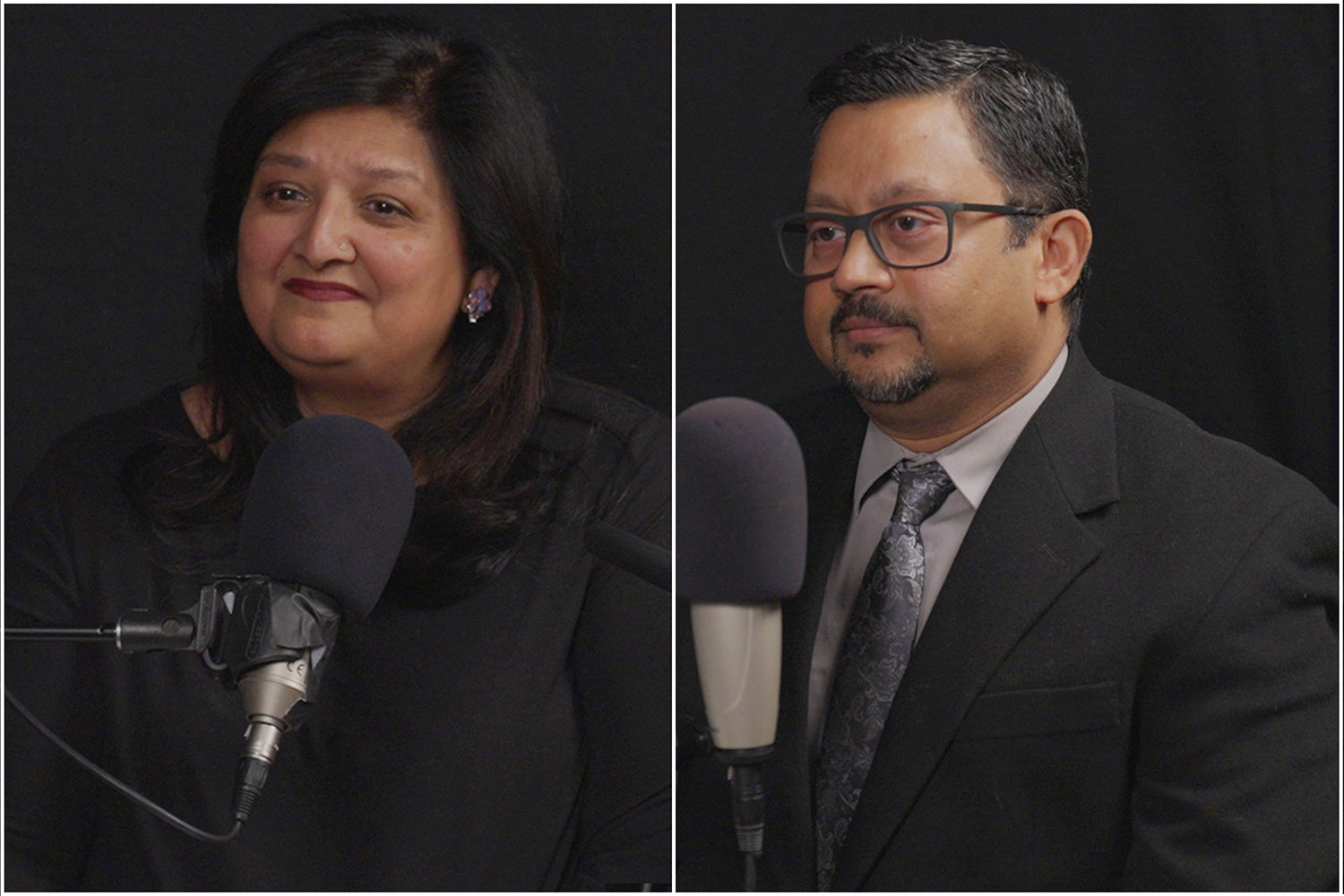If you’ve been to the dentist for an X-ray in the past few months, were you required to wear a lead apron?
If not, it’s because the American Dental Association (ADA) announced early this year that lead abdominal aprons or thyroid collars on patients during dental X-rays are no longer recommended.
Dr. Alan Lurie, professor and chair of the division of Oral and Maxillofacial Radiology at the UConn School of Dental Medicine, was instrumental in this monumental recommendation.
“It was time to make the practice match the science,” Lurie says.
Recommendations on the use of lead aprons in dentistry date to March 1970, when the National Council on Radiation Protection and Measurements (NCRP) set the original standards on shielding for dental X-rays.
In 2003, Lurie and a team of oral and maxillofacial radiologists from across the country wrote a new NCRP report superseding the March 1970 report. The updated report took a deep look into the existing science, showing that the risk estimates of getting a cancer from dental exposure were essentially so small that “the use of leaded aprons on patients shall not be required” if all other dose reduction techniques were used.
Finally, in 2019, Lurie co-chaired the most recent NCRP Committee on radiation safety in dentistry and a new report was issued that re-iterated the patient shielding statement in the 2003 report.
Lurie notes that when he started at the UConn School of Dental Medicine in 1973, the radiation dose from a single intraoral film was just under one radiation absorbed dose (rad), equal to 10,000 micrograys. The dose today from a single intraoral film is 1 to 2 micrograys, making the dosage 5,000 to 10,000 times less than it was in the 1970s.
“The doses are many orders of magnitude smaller, and that’s really significant — as they keep getting smaller, the risk is diminishing to levels so low that it becomes very hard even to explain it,” says Lurie.
Despite the science and advancements in X-ray technology, there was no formal change in patient shielding policy. Patients expected to be shielded from radiation, and it was more convenient to just keep the status quo.
“The history has been that people have been shielded, and patients expect to be shielded,” Lurie says. “If patients don’t get shielded, they will ask why you don’t put a shield on. It’s a lot easier to put the shield on rather than go into a long explanation of risk estimates. How do you express to people that its tens of thousands less of a risk?”
Lurie says that while writing the recommendations in 2003 and 2019, the authors were judicious in the interest of the patient’s comfort to continue to use the shield, despite the science showing that it’s not necessary.
“We could not come out with a recommendation that says, ‘don’t use it,” Lurie explains.
In 2023, it was time for a change. Lurie and two former UConn dental residents, now senior radiology faculty members at other institutions, joined an ad hoc committee established by The American Academy of Oral and Maxillofacial Radiology (AAOMR) to develop a paper on patient shielding. The authors recommended discontinuing the use of shielding.
The paper, published in the Journal of the American Dental Association (JADA), confirmed the radiation doses are so low that the risks are negligible. It also acknowledged that the main problem in implementing this recommendation was potential public discomfort that would take lengthy and persistent public education efforts to overcome.
Lurie explains the placement of the paper in JADA was strategic — as the group hoped to reach as many dentists as possible. In February 2024, the ADA — citing the AAOMR paper — officially made the recommendation for all dentists to discontinue the use of lead aprons and thyroid shields on all patients.
According to Lurie, the recommendation has been well-received thus far by dentists he has interacted with over the past several months. Now, the focus shifts toward educating patients and reassuring them their dental X-ray examinations will not give them any long-term health problems.
“The science is very clear,” says Lurie. “Educating the public is a whole different thing.”


